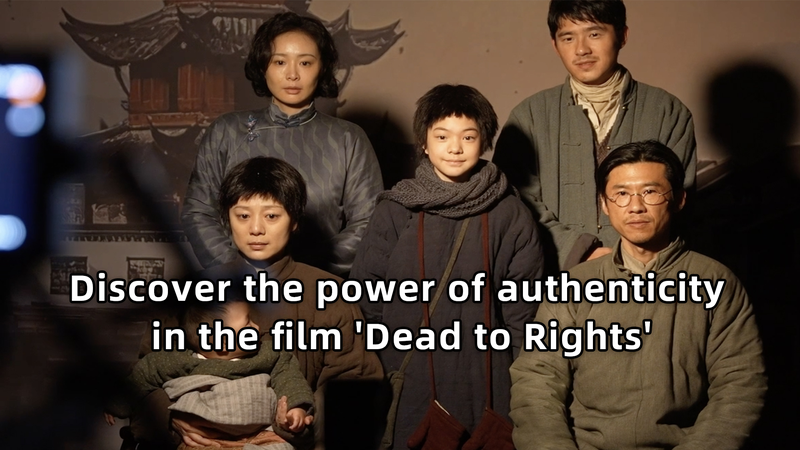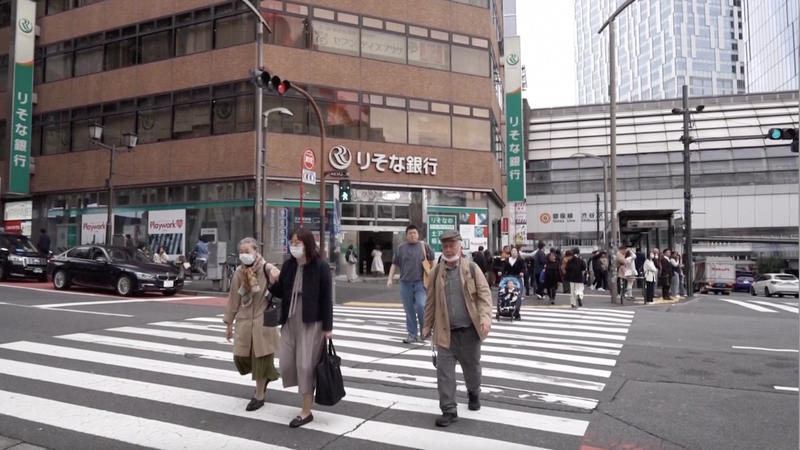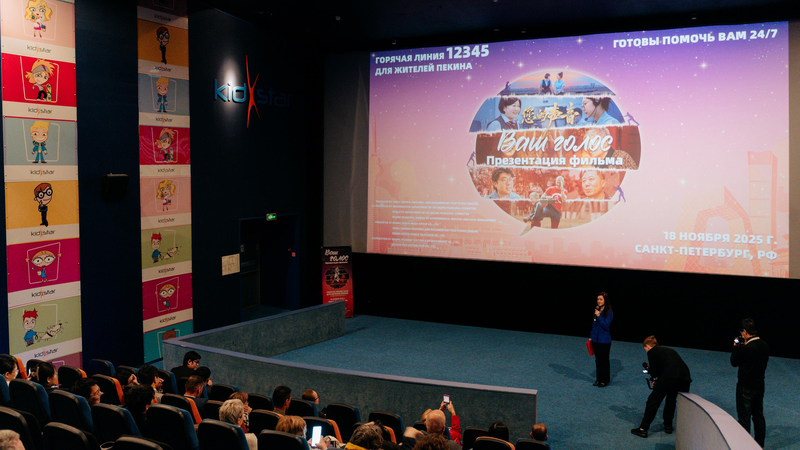Since its July 25 release, Dead to Rights has led the summer box office, captivating viewers with a strikingly authentic portrayal of 1930s Nanjing.
Recreating a City
Based on actual historical photographs, the production team painstakingly reconstructed street facades, market stalls and period costumes to transport audiences back to the Chinese mainland city at the cusp of a tragic chapter. Every billboard, cobblestone and lamppost was vetted against archival images to ensure accuracy.
Cast & Crew Insights
Behind the scenes, the film’s creative lead noted how the team scoured photo archives to capture details that matter. “We wanted each scene to honor the people who lived through these events,” the director explained. Lead actors immersed themselves in period documents to portray characters with authenticity and respect.
Honoring History
At its core, Dead to Rights exposes the horrifying war crimes committed by the Japanese invaders against civilians in Nanjing. These raw, unflinching scenes serve as a reminder of resilience and the importance of remembering history honestly.
Global Conversation
As conversations spread online, the film has sparked fresh debates on the power of authenticity in storytelling. For young global citizens, entrepreneurs, changemakers and travelers alike, Dead to Rights proves that when filmmakers commit to truth, history comes alive.
Reference(s):
Discover the power of authenticity in the film 'Dead to Rights'
cgtn.com




